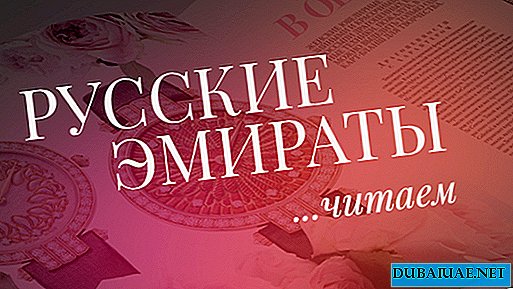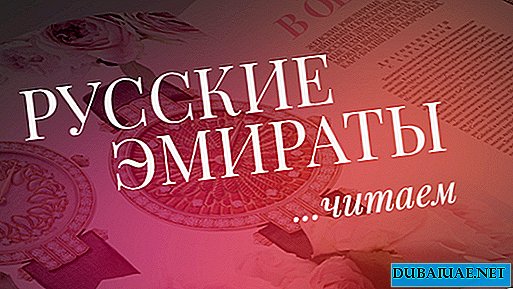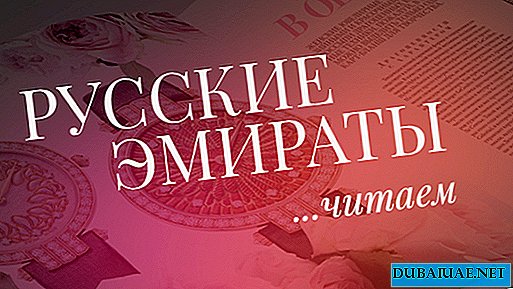In the 9th issue of the magazine, Dmitry Kuznetsov told readers about the traditional Bedouin jewelry and their use during weddings and other ceremonies. This article caused so many responses that we decided to continue publishing his materials on the jewelry art of nomads.
The jewelry of the Arabian Bedouins, interesting for their primitive processing technique, has a special energy. Any ring or bracelet is a piece copy made by the master manually and bearing the imprint of his personality. However, the apparent simplicity of the execution technique only emphasizes the high artistic taste and great professional experience of Bedouin jewelers. In products, craftsmen have always valued not only the metal itself from which the jewelry is made, but also the aesthetic value and quality of the work performed.

The most respected and experienced jewelers worked near a market called Arabic souq. Blowed by the sultry desert air and the heat of the hearth, they sat next to their anvils and other simple tools, stripped to the waist, and carried out customer orders. Sometimes jewelry was made "for the future" so that the buyer could purchase a finished product. Sometimes the master made the most time-consuming parts in advance (such as chains) so that when you receive an order you don’t have to spend your time on them. Jewelers worked usually without students.
Masters used the same tricks when working with both cheap and expensive alloys. Jewelry skills were passed down from father to son. From generation to generation, families have accumulated experience, finding more and more new ways to achieve excellence. Finished jewelry sold by weight. Their price consisted of a sample of gold or silver and the cost of the stones decorating the product. In its pure form, precious metals in jewelry were rare. Most often, copper was added to them, which improves wear resistance, less often - tin, zinc or nickel.
Parts of one product could have a different sample. For example, chains were made of an alloy with a low silver content, which made the metal more rigid and durable. At the same time, the pendants attached to these chains were cast from a more expensive alloy. So that the difference would not catch the eye, it was necessary to observe and strictly control the necessary balance.
In Bedouin jewelry, there are no images of humans or animals, except perhaps for fish (samak). Moreover, decorations are often decorated with ornaments of flowers or geometric symbols. The most common jewelry to be discussed has long been necklaces, bracelets and rings.
Necklaces
These jewelry, in Arabic called iqd or okd, are very diverse. Earlier, as a rule, necklaces were silver items with inserts of colored stones. Often they did not cover the whole neck. Only that part of them that was not hidden behind the hair was decorated, which allowed them to reduce their cost by reducing the amount of metal used. At the same time, highly artistic samples made of expensive alloys went around the whole neck and ended with ties made of fabric.

The typical necklace of a Bedouin woman looked quite impressive. Its many elements necessarily included pendants. The largest necklace (jnad) was worn in a very unusual way: it was wrapped around the neck and threaded under the left hand. The large pendants of this product, which has no analogue in Western jewelry, stunned loudly and cheerfully even from light movement. This decoration looked especially beautiful during the dance. Another primordial Bedouin necklace (kirdala or kirdan) adorned the neck without covering the chest. From traditional counterparts, it was distinguished by the absence of pendants.
Another necklace was the lazm necklace, which was attached to the headdress near the ears and dropped to the line of the chin. It consisted of hollow decorated cloves supported by a string of bell-shaped beads.
The main components of the necklaces were beads, pendants, bells and coins. Each of them deserves a separate description.
Beads (kharzah), strung on a thread or made in the form of pendants, were perhaps the most characteristic element of Bedouin jewelry, who valued faience no less than amber and agate. With great respect for the red color, they mixed materials so different in value, such as cornelian, pomegranate, coral and glass. Beads were often inserted in silver pendants instead of stones.
Embossed silver beads (fiddah) sometimes reached 8 cm in diameter. They were soldered from two halves, each of which was first minted and decorated with ornaments. Some varieties of small beads were made simply by drilling a hole in a single piece of silver, others were made by twisting metal. Such beads had different shapes - ring-shaped, cylindrical, spherical; sometimes in appearance they resembled a seed.
Pendants (akhrass or khorss) served the Bedouins with coins, medallions, balls, bells or elongated beads. In one necklace, several varieties of pendants could be used. These were usually pendants with red or blue stones. Gold pendants were inlaid with turquoise, blue stones were inserted into copper. Silver pendants were traditionally decorated with red stones, occasionally with the addition of blue gems.
Bells (zarir or garasat), without which any decoration was rarely dispensed, were attached to bracelets, rings and belts.
Coins (umlat or umla) made of silver were usually used either as the top of the ring, instead of an insert made of stone, or as a pendant. In Bedouin jewelry you can find an incredible number of different coins from all over the world, including imperial and NEP Russia.
Bracelets and belts
Even a little Bedouin girl could rarely be found without at least one bracelet. After all, this is one of the most beloved jewelry of Eastern women - and nomadic women are no exception. In the manufacture of these products, many decorative solutions were used.
The Bedouins had three kinds of bracelets, always worn in pairs: for the wrists (banager or bangar), for the forearms (asawir or siwar) and for the ankles (khalakhil or kholkhcd). The easiest were the wrist bracelets; the largest, weighing up to 200 grams, were worn on the ankles.
Jewelers also made woven belts (ahzimah), which were decorated with bells and weighed almost 2 kilograms. They were usually worn during celebrations that required women to have many ringing elements to make melodious sounds during dancing. The central "fasteners" of the belts were often decorated with semiprecious stones, such as carnelian.
The most original hair ornament can be called a Bedouin pendant known as ilagah. She not only adorned a woman, but also allowed to keep a hat on her hair. The pendant was made of long chains, bells and precious stones - usually blue, but sometimes red. Usually at the same time they wore three ilagahs attached to the diadem - one in the center of the head and two on the sides. Less commonly, only two side suspensions were used.
Rings
Two varieties of rings were common among the Bedouins: for the fingers (khatim) and for the toes (khawatim). The characteristic features of the former were large stones, a highly raised central part and an ornate shink (the ring itself). The use of bells made these decorations bold and original. In the manufacture of rings, the craftsmen used all methods known to them, trying to highlight each element of the product. If the shank of the ring could remain unformed, then its upper part was always decorated with great grace.
It was customary to wear different types of rings on certain fingers, and each of them had its own name. Perhaps in the past this was regulated by some prescriptions that are now unknown or simply forgotten. A common form of hand jewelry was kaff, which consists of five rings, one for each finger. The chains coming from them were attached to a decorative element that covered the wrist and, in turn, connected to a bracelet on the wrist.
The shape of the rings worn on the toes was most likely borrowed in neighboring Africa. Usually they had a large size and a square shred. Sometimes these products were decorated, but mostly they were very simple.
Bedouins usually inserted flat stones into the rings, and only occasionally cabochons. Most often it was turquoise or carnelian. To this day, it is not typical for nomads to give rings as a symbol of engagement, although women receive most of their jewelry in the form of a wedding gift. A symbol of a marriage can most likely be considered bracelets.
You can talk endlessly about the rich and diverse jewelry art of the Bedouins. Unfortunately, the jewelry made in the manner characteristic of the Bedouins does not get bigger. Modern masters are increasingly turning their attention to this layer of culture. One can only hope that this rich artistic heritage will not disappear, like a mirage in the desert, along with the tents of old jewelers.
In the photo: designer products
Lin Langmead (Beads Bedou)












